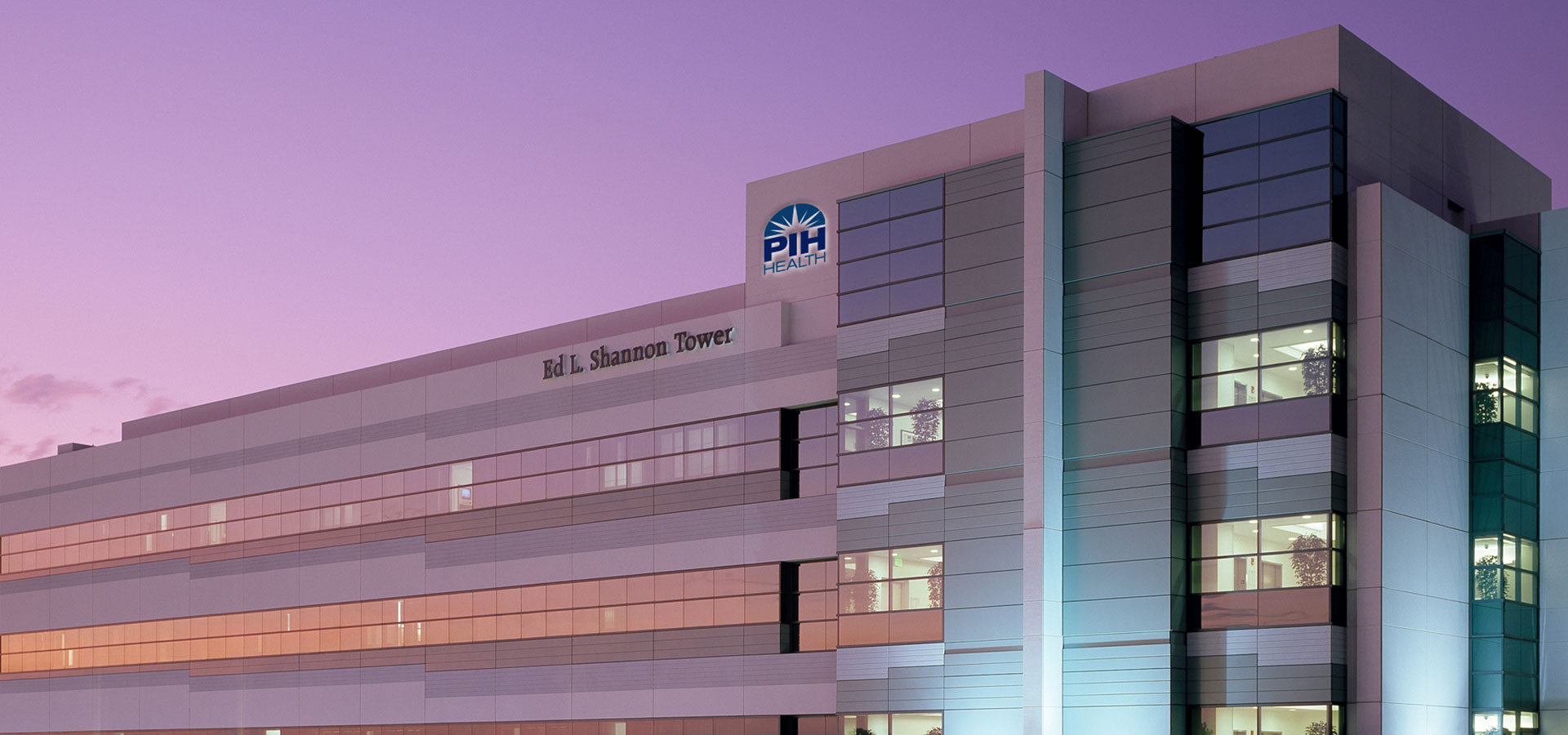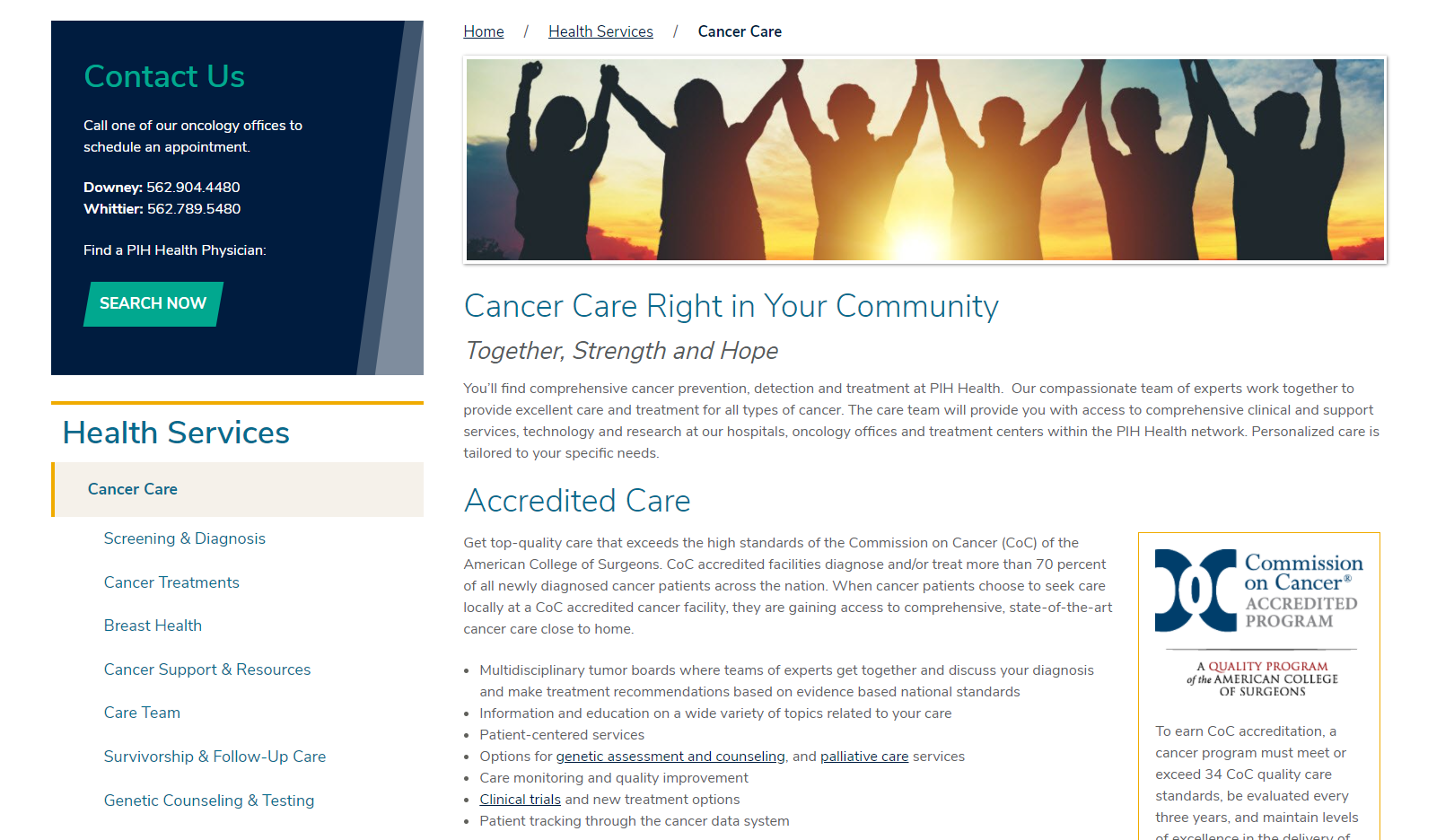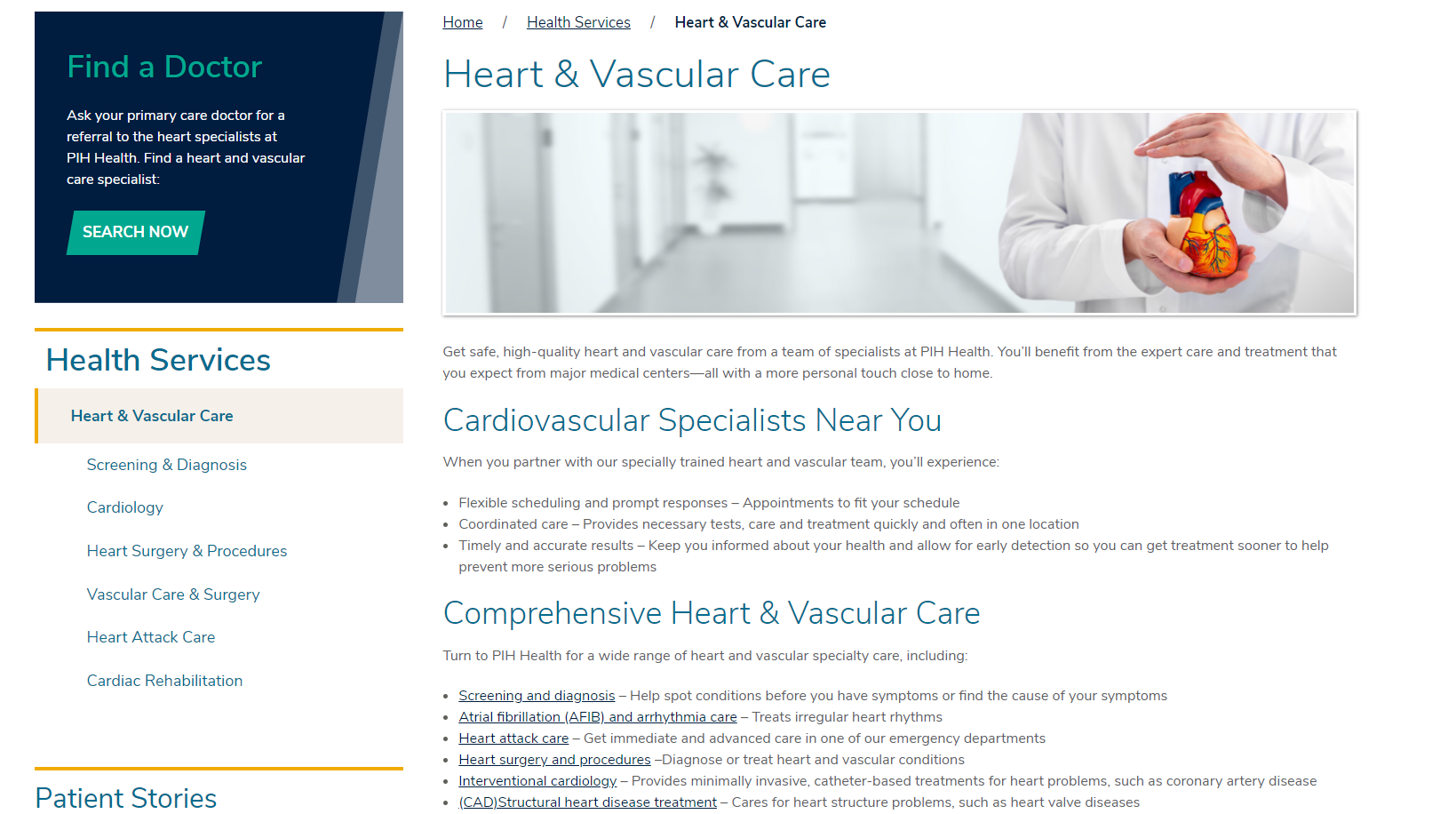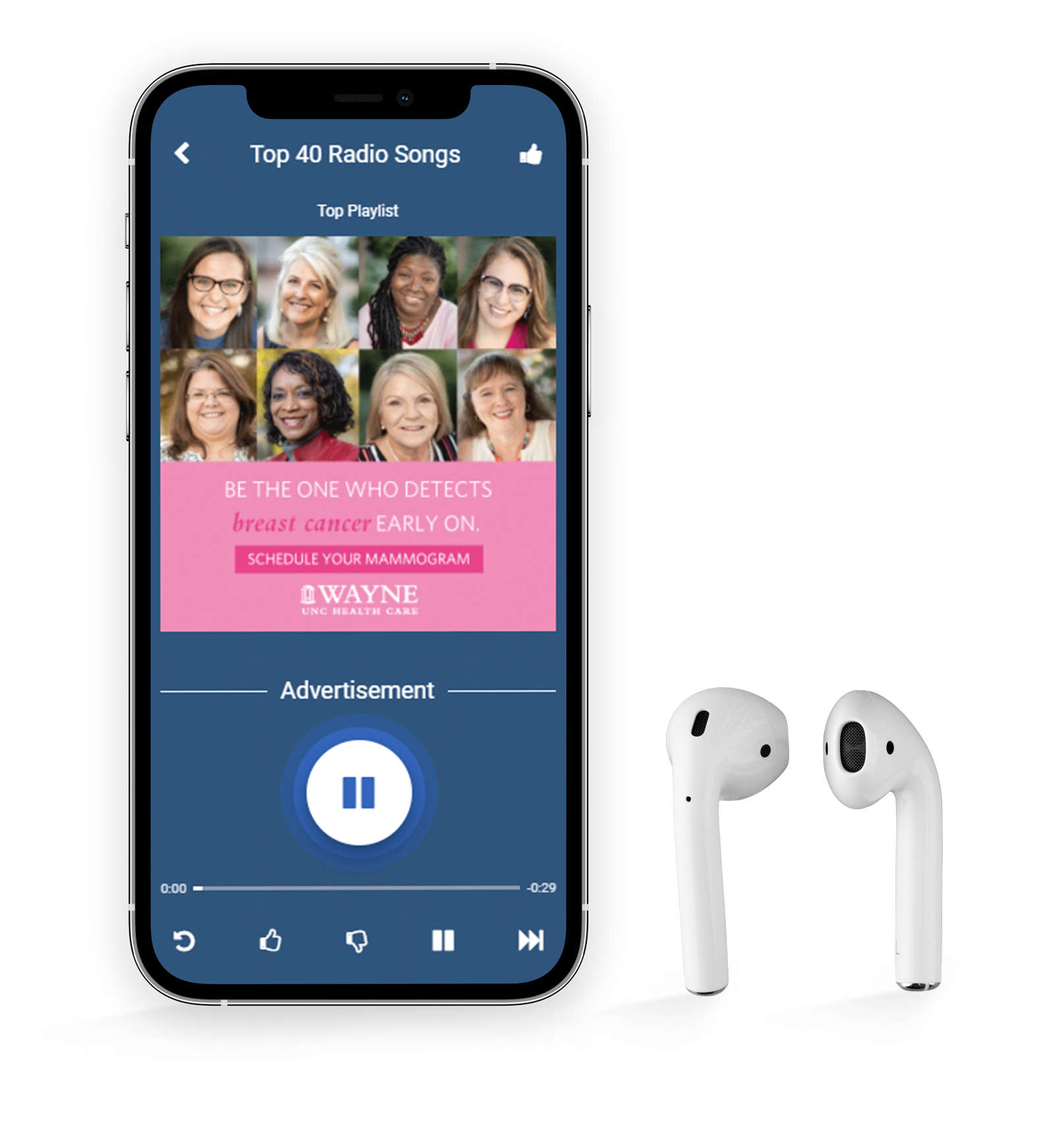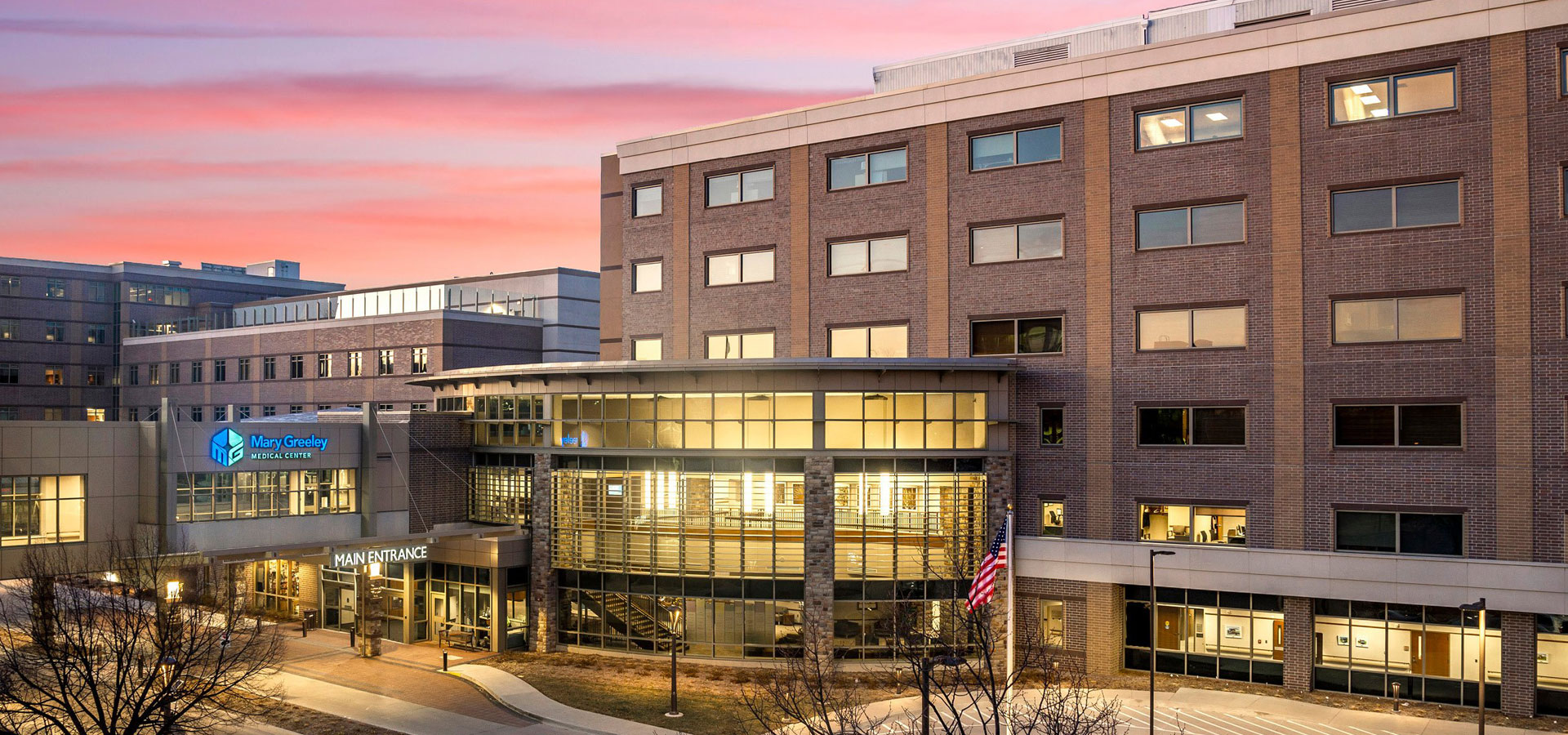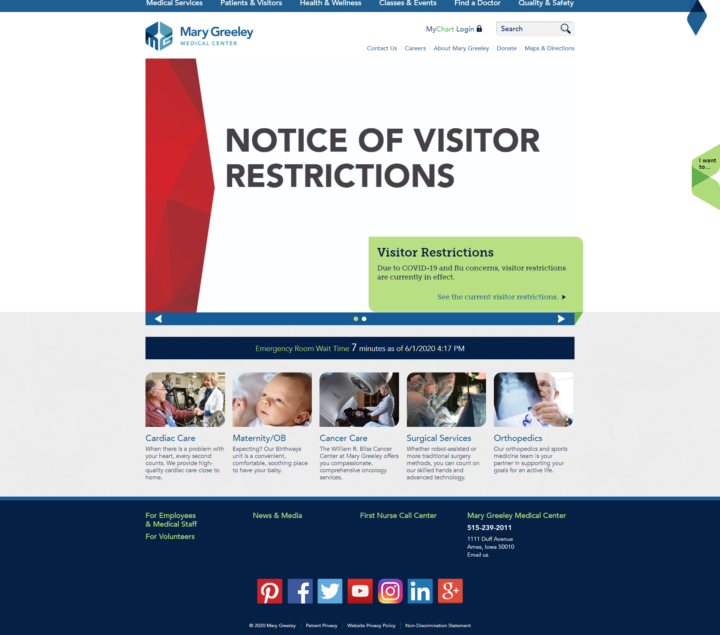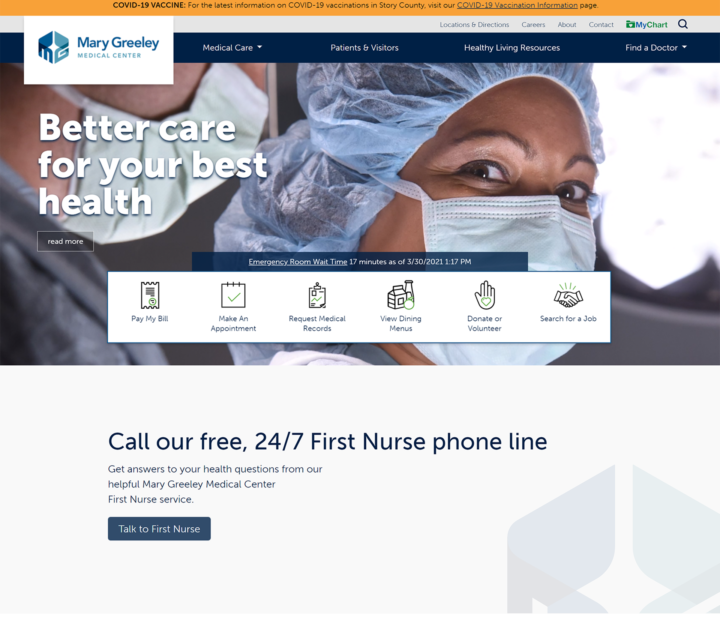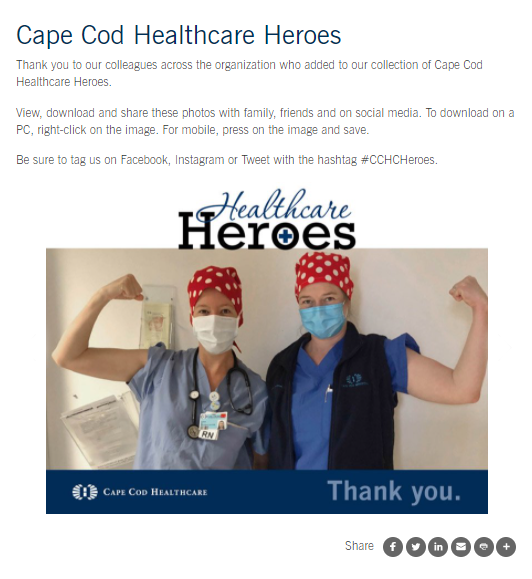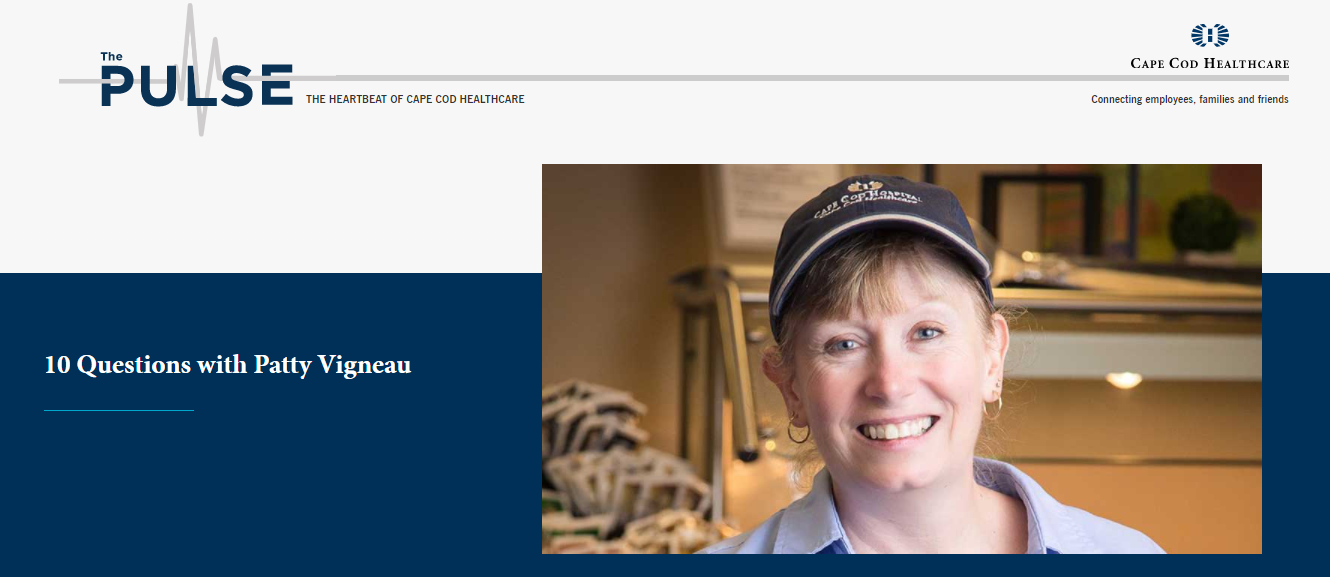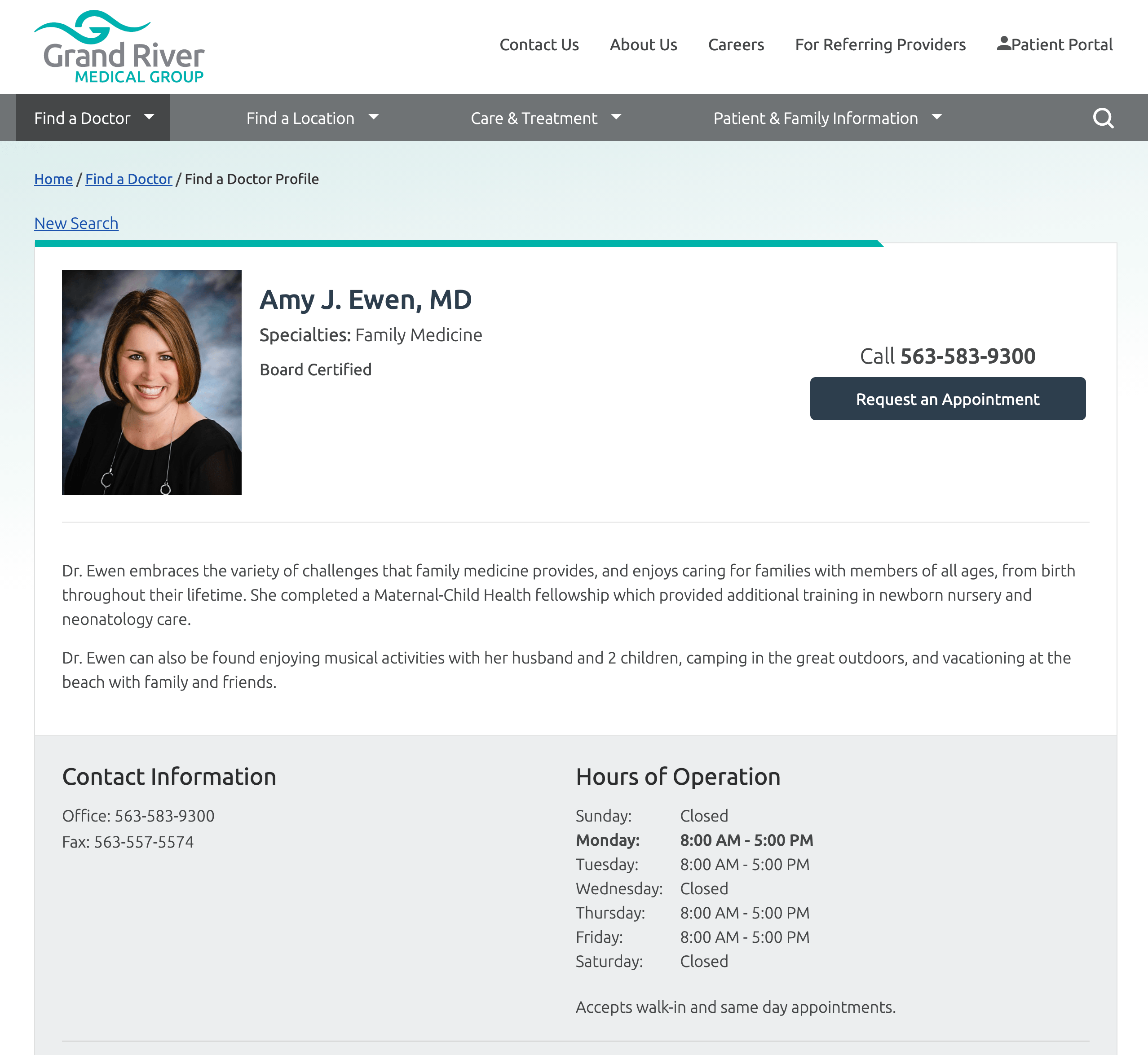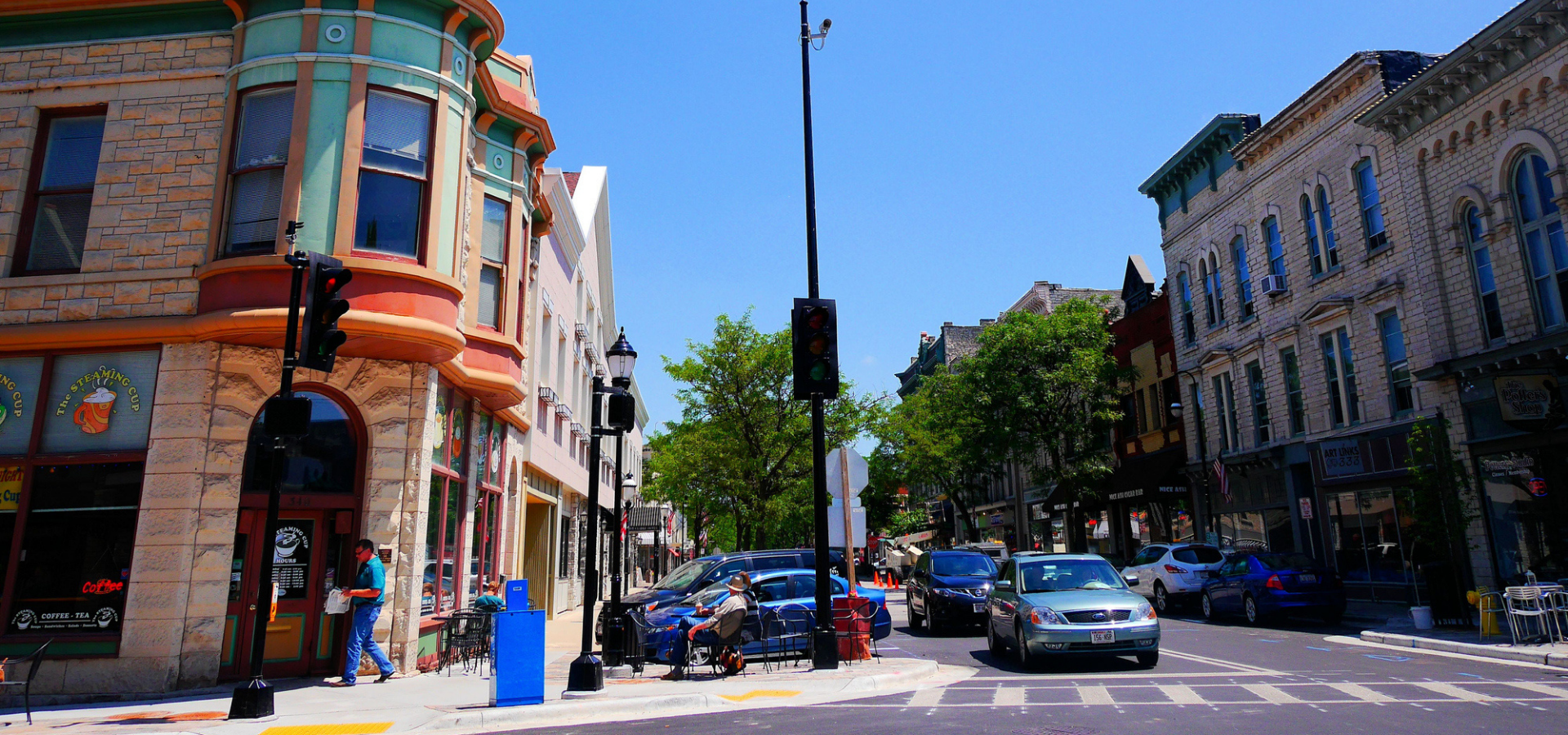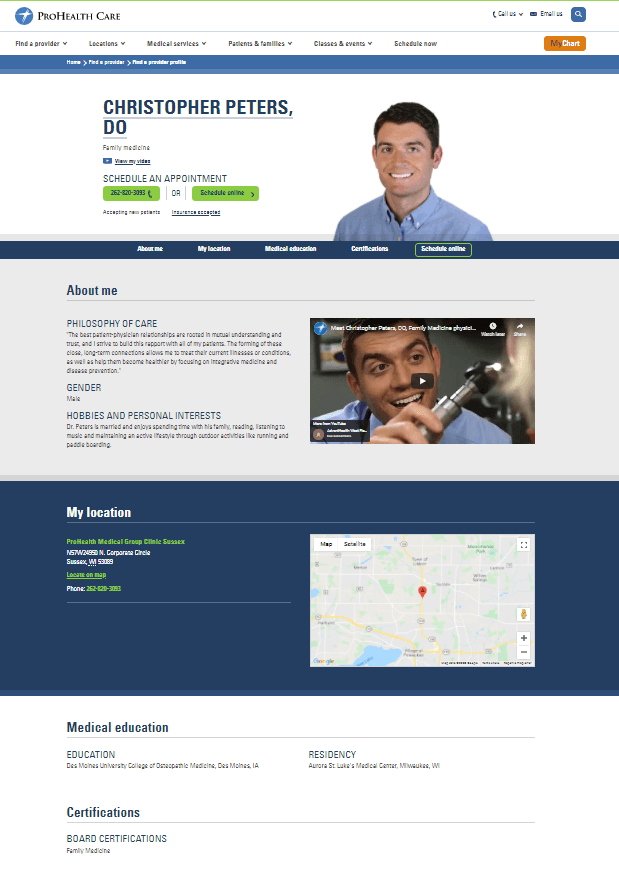Montage Health is a family of organizations dedicated to keeping Monterey County, California healthy. With a 258-bed hospital, Community Hospital of the Monterey Peninsula (Community Hospital), a medical group, philanthropic foundation, urgent care clinics, employee wellness program, wellness center, and Medicare plans, Montage Health has more than 2,500 employees and serves more than 434,000 residents.
Although the name Montage Health was chosen in 2016 to represent the system’s “montage” of services, the system has a long history, serving the area for almost 9 decades. The organization’s flagship hospital, Community Hospital, got its start in the 1920s. The Community Hospital name became synonymous with the entire system, even as the organization grew to encompass much more than the hospital.
With multiple websites and a fractured user experience, Montage Health turned to long-time partner Geonetric to create a new web presence on the VitalSite content management system that builds brand awareness for the entire Montage Health system.
Taking a user-focused approach to site organization
The first phase of the project centered on creating a strategy for combining all seven entity websites into one site. From assessing gaps in the user experience to applying user behavior data to diving into the system’s organizational structure, Geonetric’s content strategists built an information architecture that put site visitors first while still representing all entities.
The Geonetric team performed qualitative usability testing, asking site users to complete common tasks — like finding a doctor or location — using different wireframes. Testing revealed site visitors used access-to-care features as a way to help navigate to different types of providers. This insight led to the creation of a Care & Treatment landing page that gives site visitors guidance to choose the best option for their unique needs and preferences. An interactive flip card design and clear, concise copy help users immediately navigate to the best care setting for their needs.
Letting design shine
Building from Montage Health’s brand style guide, the site design leverages the vibrant colors and coastal community the system calls home. Custom icons were created as well as a unique accent bar that helps draw the eye to important calls-to-action.
With the rebrand, the system was working to calm community fears that they had been bought by an outside organization. Montage Health used the redesign as an opportunity to reinforce their community ties by using photos of real locations, real patients, and real employees.
Tasked with making sure all seven entities still had emphasis and representation on the site while living cohesively within the Montage Health brand, Geonetric’s design team gave each entity a custom landing page and interior page where they could use their individual logos and deploy unique branding. For some entities, like MoGo, their network of urgent care clinics, their section of the site has a special but complementary design and tertiary navigation menu that cross-links as needed to interior pages in the section and across the site.
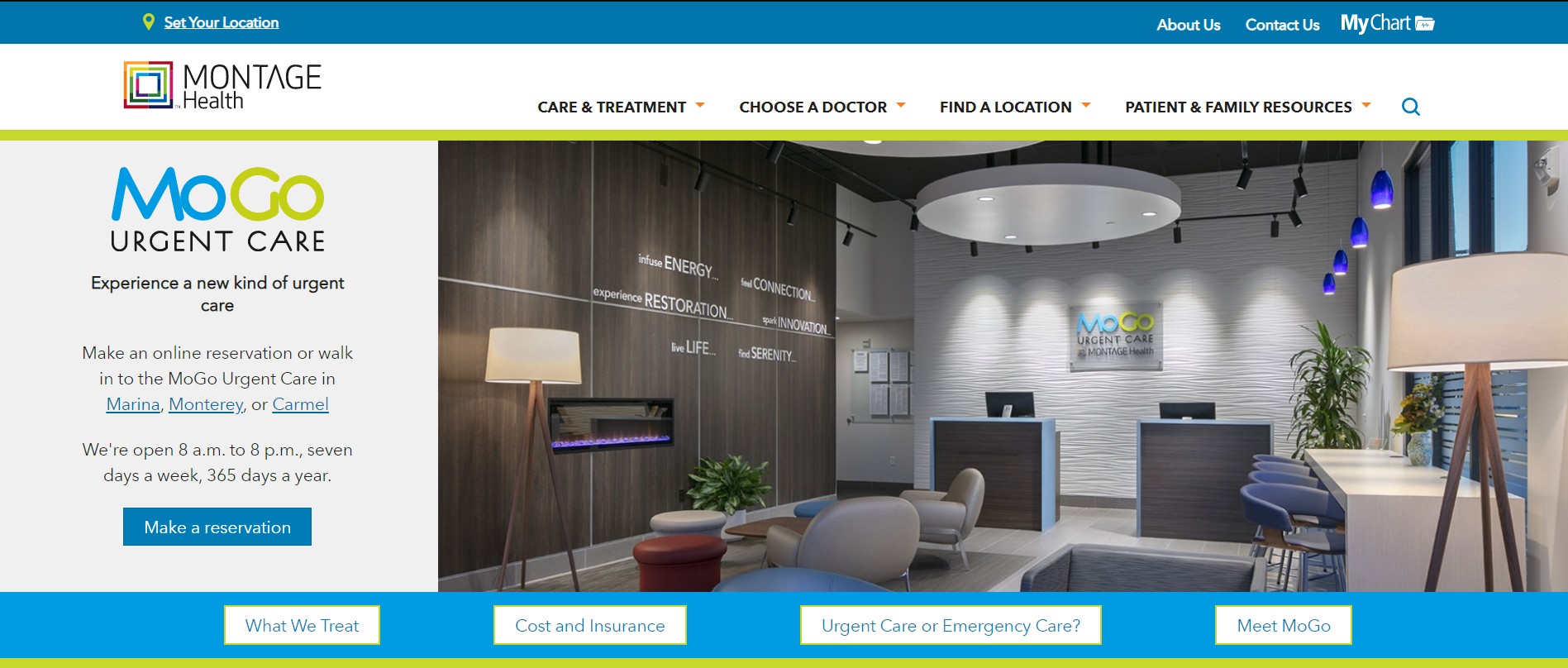
Enhancing the online location strategy
Although all of the entities live within one sitewide, global navigation, it was important that each had a place to tell their own story. This required a thoughtful location strategy that could house more information than a standard single location profile. For example, Community Hospital moved from having its own 746-page website to a robust location profile that not only put the standard location information like hours, maps, and contact information at site visitors’ fingertips, it also gave the hospital a place to share its history, location-specific resources, and cross-link to services offered.
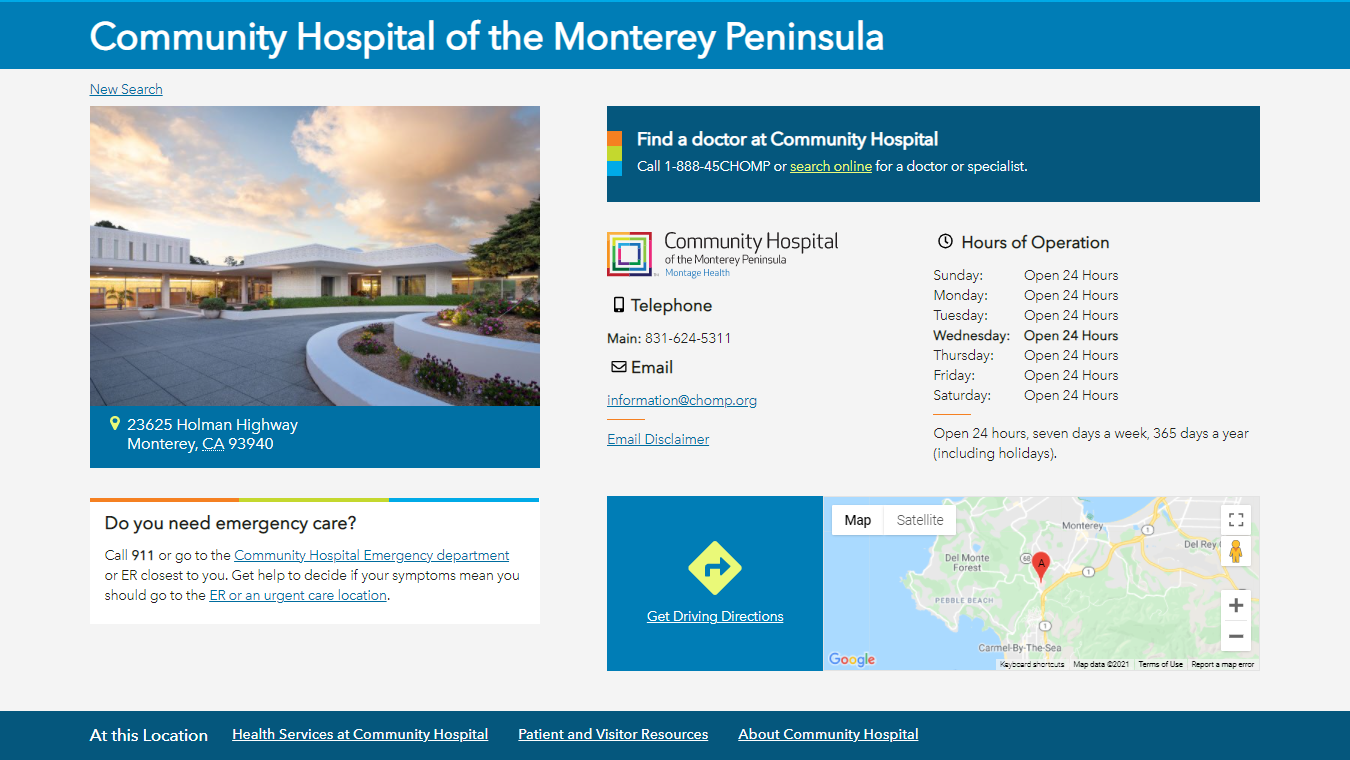
With location-focused copy critical to search engine optimization, all 55 of the location profiles Geonetric developed include Schema.org markup to help search engines recognize the content type. In addition, location-focused keywords are used in driving directions and other content to aid in near-me searches.
Writing user-centric copy
Montage Health enlisted the Geonetric writing team to create new, search-optimized copy throughout the site. Using the findings from interviews with Montage Health’s subject matter experts and in-depth keyword research, the content developers created new copy that answers users’ top questions, follows the patient journey, and adheres to proven web writing best practices. In total, the team developed 420 pages of new content for the Montage Health site, including:
- 48 service line sections (217 pages total), including priority service lines Cancer Care and Heart and Vascular Care
- 55 location profiles
- About us section
- Patient and family resources section
- Accessibility statement
- Montage Health Foundation section
- For healthcare and professionals section
All content cross-links strategically, putting users on a path to finding services, locations, and providers.
In addition, Geonetric delivered content governance workshops for the Montage Health team, as well as recommendations related to their video and classes and events calendar categorization strategies.
Enjoying immediate results
The new site launched in May of 2021 and saw immediate improvements, including a 322% increase in traffic to the locations section on the new site (MontageHealth.org) when compared to the locations section on their previous site (CHOMP.org). Site engagement has increased with a 50% increase in pages per session, a 61% increase in average session duration and a 35% decrease in bounce rate. There has been a 261% increase in organic clicks to Montage Health and a 178% increase in organic search impressions.

